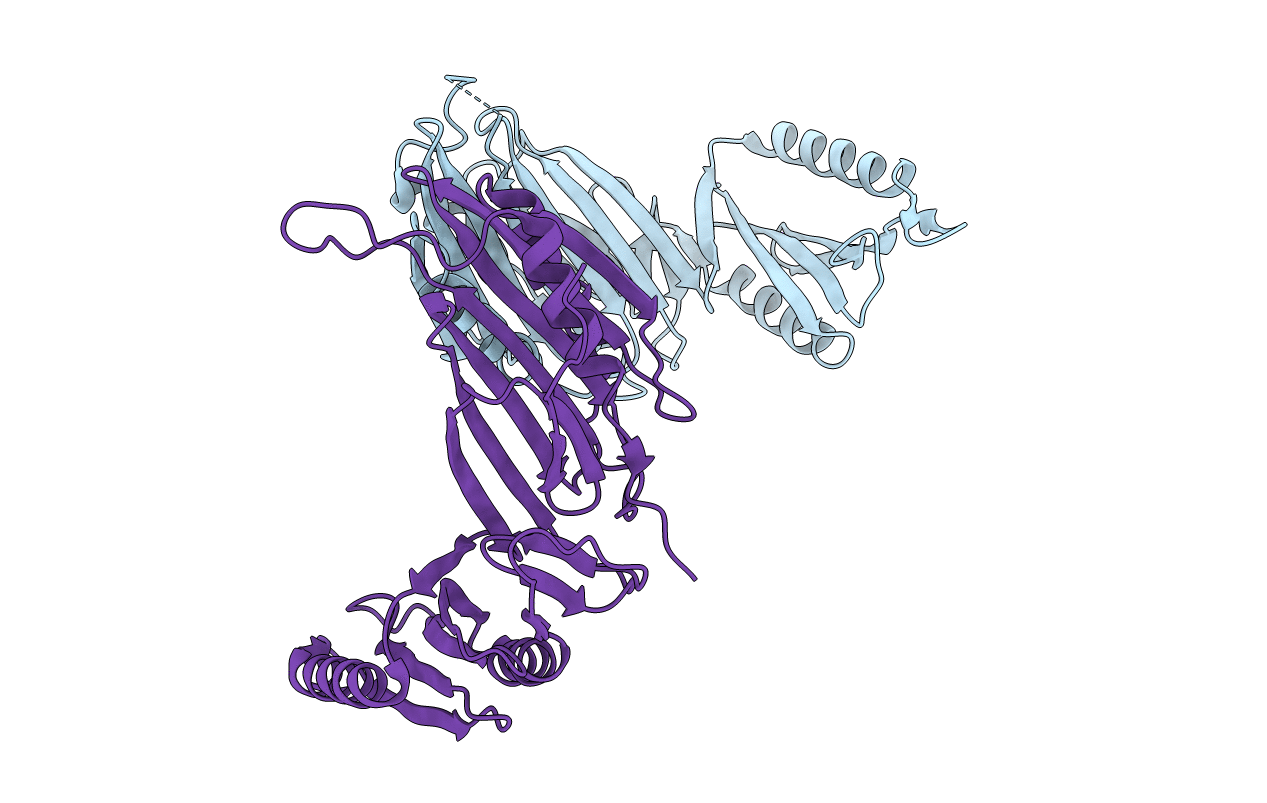
Deposition Date
2016-11-21
Release Date
2017-10-04
Last Version Date
2024-10-09
Entry Detail
PDB ID:
5H7Z
Keywords:
Title:
Apo structure of immunity protein TplEi of T6SS from Pseudomonas aeruginosa
Biological Source:
Source Organism:
Pseudomonas aeruginosa PAO1 (Taxon ID: 208964)
Host Organism:
Method Details:
Experimental Method:
Resolution:
3.06 Å
R-Value Free:
0.24
R-Value Work:
0.20
R-Value Observed:
0.20
Space Group:
I 41


